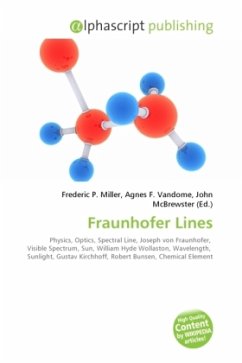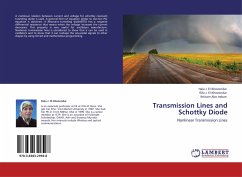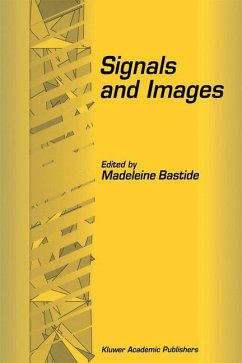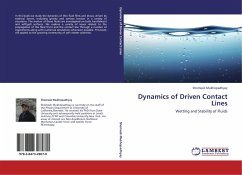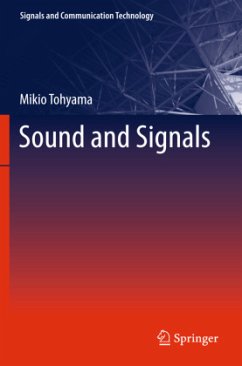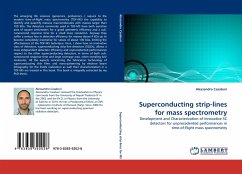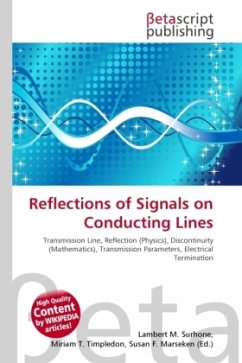
Reflections of Signals on Conducting Lines
Versandkostenfrei!
Versandfertig in 6-10 Tagen
23,99 €
inkl. MwSt.

PAYBACK Punkte
12 °P sammeln!
High Quality Content by WIKIPEDIA articles! A signal travelling along an electrical transmission line will be partly, or wholly, reflected back in the opposite direction when the travelling signal encounters a discontinuity in the transmission parameters of the line, or at the far end of the line if the line is not correctly terminated in its characteristic impedance. This can happen, for instance, if two lengths of dissimilar transmission lines are joined together. This article is about signal reflections on electrically conducting lines. Such lines are loosely referred to as copper lines, an...
High Quality Content by WIKIPEDIA articles! A signal travelling along an electrical transmission line will be partly, or wholly, reflected back in the opposite direction when the travelling signal encounters a discontinuity in the transmission parameters of the line, or at the far end of the line if the line is not correctly terminated in its characteristic impedance. This can happen, for instance, if two lengths of dissimilar transmission lines are joined together. This article is about signal reflections on electrically conducting lines. Such lines are loosely referred to as copper lines, and indeed, in telecommunications are generally made from copper, but other metals are used, notably aluminium in power lines. Although this article is limited to describing reflections on conducting lines, this is essentially the same phenomenon as optical reflections in fibre-optic lines and microwave reflections in waveguides.



